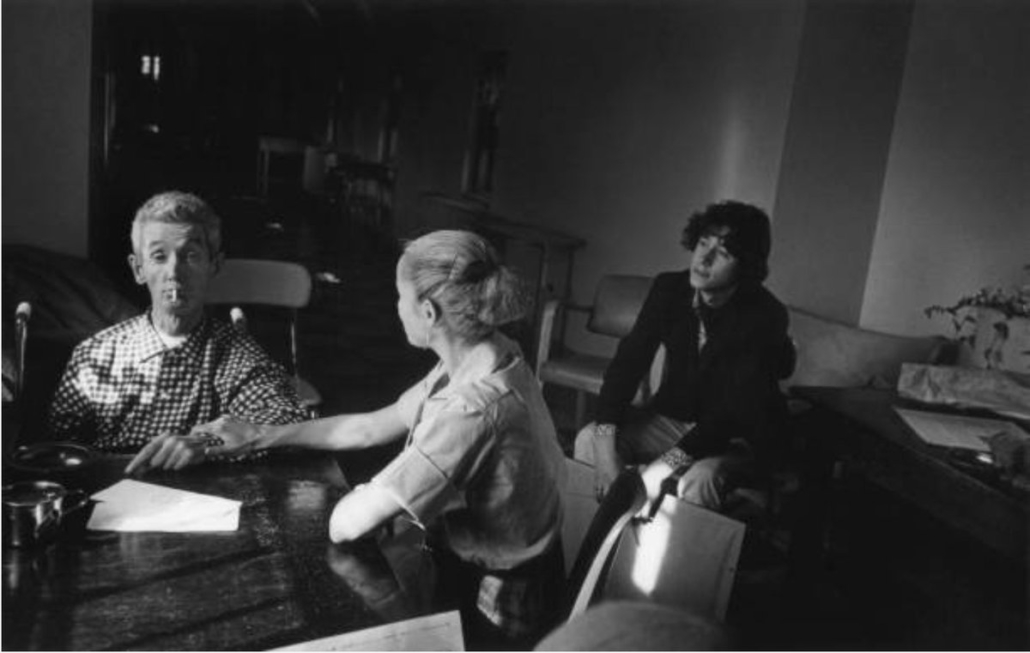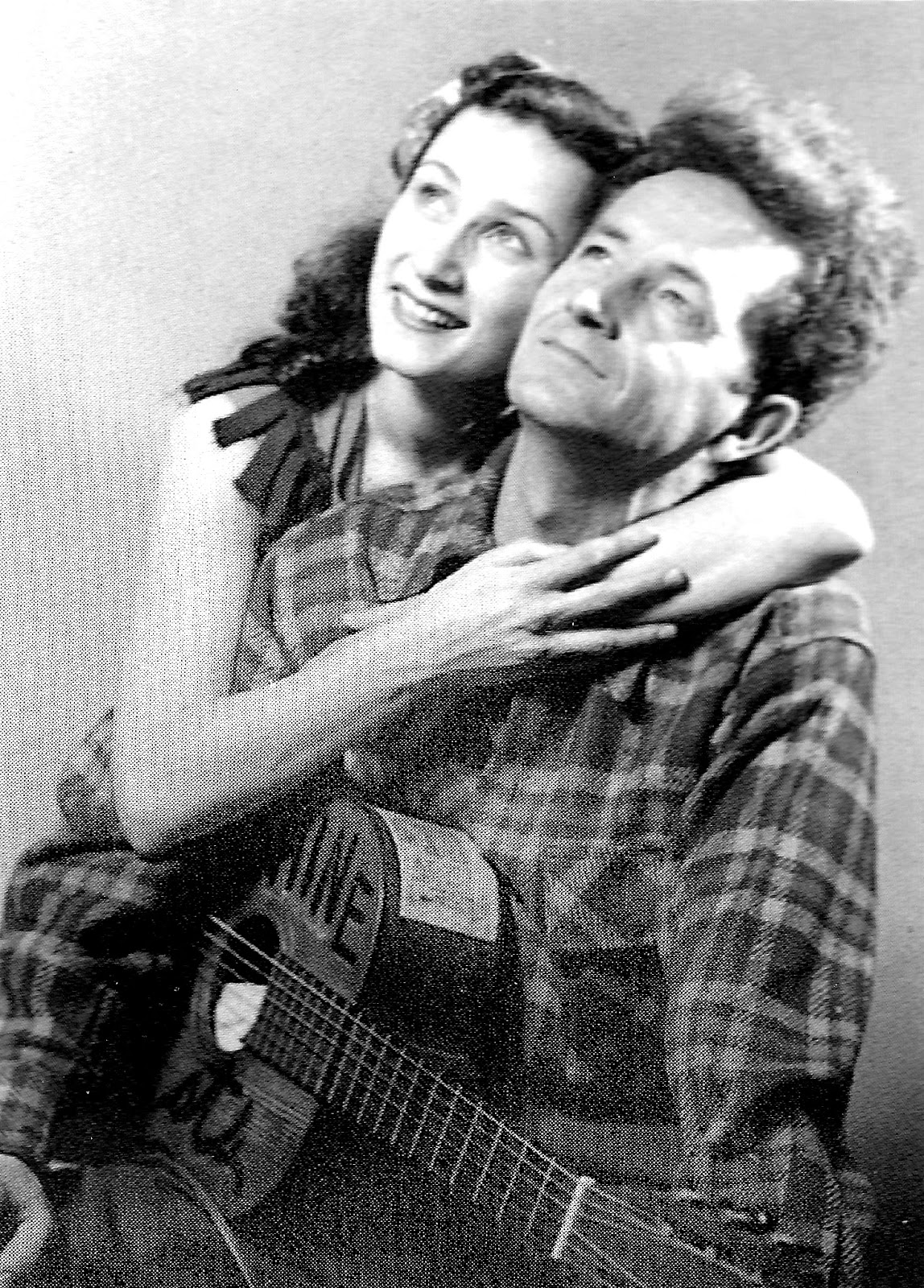Woody and Marjorie Guthrie’s Legacy
May is Huntington’s Disease Awareness Month. During this month, we want to recognize the work of the Huntington’s Disease Society of America and the legacy of Marjorie Guthrie’s commitment to combating the disease after Woody’s death in 1967.
Woody Guthrie met dancer Marjorie Mazia Greenblatt in 1942. Both of them were living in New York at the time; Marjorie was a principal dancer in the renowned Martha Graham dance company while Woody was performing as a part of the Almanac Singers alongside Pete Seeger and others. They wed a year later and had four children, Cathy Ann, Arlo, Joady, and Nora.
Woody’s health began to decline in the late 1940s but had received multiple misdiagnoses. In 1956, Woody Guthrie was admitted to Greystone Park Psychiatric Hospital in Morris Plains, New Jersey where he was finally officially and properly diagnosed with Huntington’s disease. Huntington’s disease is a genetic disorder that causes the deterioration of nerve cells in the brain. As it progresses, it limits the ability to perform cognitive and motor functions.
During his time at Greystone Hospital, Woody kept busy trying to make the most out of a worsening situation. Majorie and the children visited him routinely and supervised much of his hospital care. Along with his family, many friends and burgeoning musicians like Bob Dylan, Joan Baez, and Phil Ochs also came to Greystone to swap stories and glean inspiration from their folk hero.

Over the 15 years that Woody was affected by the disease, Marjorie stood by his side. As his motor functions declined, Majorie taught him to communicate through blinking his eyes. On October 3, 1967, Woody Guthrie passed away due to complications from Huntington’s disease. From that moment on, Marjorie dedicated her life to defeating the disease and advocating on behalf of those that suffer from it. She began getting in contact with other families that were affected by the disease and galvanized support to form the Committee to Combat Huntington’s Disease, a non-profit health agency.
Throughout this time, she traveled across the nation and presented in front of countless congressional bodies, medical conferences, and school seminars, advocating on behalf of families affected by Huntington’s. Along with being on the National Advisory Council of the National Institute of General Medical Science and being one of the founders of the National Committee for Research in Neurological and Communicative Disorders, Marjorie was crucial in persuading President Jimmy Carter to create a Presidential Commission to study neurological diseases.
Marjorie Guthrie died in 1983 having committed over 16 years of her life and work to supporting families dealing with Huntington’s and finding a cure. On November 3, 1983, the Committee to Combat Huntington’s Disease became the Huntington’s Disease Society of America (HSDA), carrying on Woody’s memory, Marjorie’s legacy, and her determination to defeat Huntington’s disease.
Today, the Huntington’s Disease Society of America has expanded to 53 chapters across America that help bring support, services, and grassroots fundraising to families affected by the disease. The HDSA also has 54 “Centers of Excellence,” providing resources and teams allowing access to the best Huntington’s disease care available. Through funding research, providing education, and raising awareness, the HDSA is dedicated to making sure that no family goes through the experience alone.
WAYS YOU CAN HELP:
Learn More About the Huntington’s Disease Society of America

